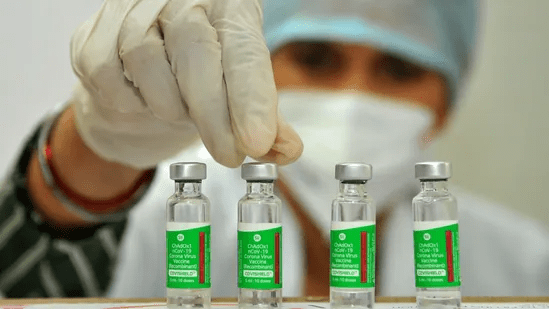The Union Health Ministry revealed in a statement on Friday the target of keeping vaccine wastage less than 1 percent is not at all unrealistic. The vaccination drives have to be conducted in a manner that there is minimum wastage and several states are following that, the health ministry said, implying on the role of the vaccinators to play in it.
As the vaccines which are to be inoculated, cannot be left open, the vaccinator has to take charge about using up the vial within four hours after opened.
The ministry stated, “The vaccinator is advised to mark the date and time of opening each vial and all open vaccine vials need to be used/discarded within 4 hours of opening. Several states have organized COVID-19 Vaccination in such a way, that not only there is no wastage but they are able to extract more doses from the vial and thus show a negative wastage. Hence, the expectation that vaccine wastage should be 1% or less is not at all unreasonable. It is reasonable, desirable and achievable.”
The data adhering to vaccine storage is getting reviewed centrally as Prime Minister Narendra Modi emphasized on reducing the storage. The states of Kerala and West Bengal reported negative wastage of vaccine in May, whereas Jharkhand recorded the maximum wastage with 33.95 per cent, according to the data released by Centre on Friday. Chhattisgarh and Madhya Pradesh recorded 15.79 per cent and 7.35 per cent of vaccine wastage respectively.
To which, Jharkhand has denied the claims of Centre saying the data reflects the older conditions and the vaccine wastage currently is 1.5 per cent.
The Centre advised accommodation of a minimum 100 individuals can reduce the wastage if the vaccine doses. Although, for areas which are not densely populated, might not adhere to it as they have to assure adequate recipients turn up in the session to avoid wastage.
The Centre added, “All States/ UTs have also been advised that each vaccination session is expected to cater to at least 100 beneficiaries, however, in the case of remote and sparsely populated areas, the State could organize a session for a lesser number of beneficiaries while ensuring that there is no vaccine wastage. A session may be planned only when adequate beneficiaries are available.”


